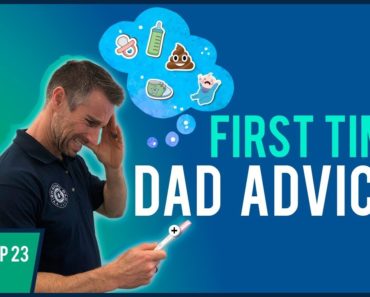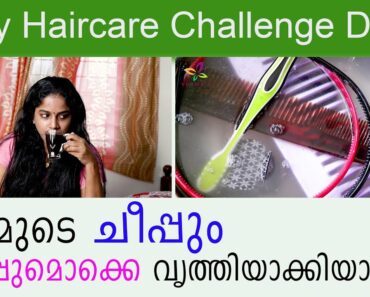A groundbreaking study shows that induction at 39 weeks is better for mom and baby—but the debate is far from settled.
Amanda Selk went into labour for all three of her children at 39 weeks. They were easy deliveries—uncomplicated and under eight hours. The only major difference was that for the last two, she chose to be induced. “I was done being pregnant. I’m five foot two and teeny-tiny, and I didn’t want my babies to get bigger,” she says. “I know the literature and I felt it was reasonable.”
Numerous studies have shown that at 39 weeks (which might sound like a week early but is sometimes considered full term) babies transition better to the world. “They feed well, they have fewer breathing issues from water to air. It’s just a good week,” says Selk, who is also an OB/GYN at Women’s College Hospital in Toronto.
Beyond 40 weeks, there are increased risks, including low amniotic fluid and having larger-than-average babies, which can increase the risk of a Caesarean section. So should all women be induced at 39 weeks? Well, it’s complicated and not everyone agrees.
What the research says about inducing labour
Historically, it was feared that induction increased the risk of C-section. But in 2018, the largest study on the topic, the ARRIVE trial (which stands for “a randomized trial of induction vs expectant management), which included 6,000 low-risk first-time mothers, found that while there was no difference in the number of stillbirths with elective induction at 39 weeks, the rate of C-sections was much lower for the induced group (18.6 percent) compared with the non-induced group (22.2 percent). The study also found that the rate of blood pressure disorders in pregnancy, such as pre-eclampsia, was significantly lower in women who were induced compared to the control group.
“I refer to this study a lot in my clinic [when discussing elective induction],” says Lindsay Shirreff, an OB/GYN and assistant professor at the University of Toronto. “It was a randomized controlled trial, which is the best type of evidence we have in medicine.”
The controversy over induction
Upon seeing the results, the American College of Obstetricians and Gynecologists not only included the choice to be induced at 39 weeks in their guidelines, but also dropped the term “elective” when referring to induction at this time. In Canada, the recommendations are different and have not changed, despite the study. The Society of Obstetricians and Gynaecologists of Canada says women should be offered inductions between 41 and 42 weeks to reduce the risk of stillbirth and meconium aspiration syndrome, but many individual OB/GYNs in Canada, like Selk and Shirreff, are open to doing it sooner if the patient wants. (Inductions are also done for many other medical reasons before 41 weeks.)
Still, inductions elicit mixed feelings from both parents and care providers. After the ARRIVE trial came out, the Association of Ontario Midwives (AOM) published a response to help clients interpret the findings. They pointed to higher C-section rates in the province compared with the US hospitals studied, the young age of study participants (the median age was 23, which is about seven years younger than the average first-time mother in Canada), and the fact that 73 percent of eligible birthing parents declined to participate in the study—all factors that may have influenced positive outcomes.
What now?
While routine 39-week inductions aren’t widely practised in Canada, they are becoming more common in general with more expectant parents aware of the study and others just wanting more control over exactly when their baby arrives, says Selk.
Ultimately, the timing of your labour and your decision to induce (or not) depend on so many factors, including risks to baby and mother, personal values and preferences, and what your care provider and provincial practice setting can accommodate. But Selk is always happy to have the conversation with her patients. “I think patients should be empowered to make their own decisions,” she says.

































